Windows 8.1 release date arrives and is available to download now
Microsoft's upgraded Windows 8.1 operating system is available to download now.
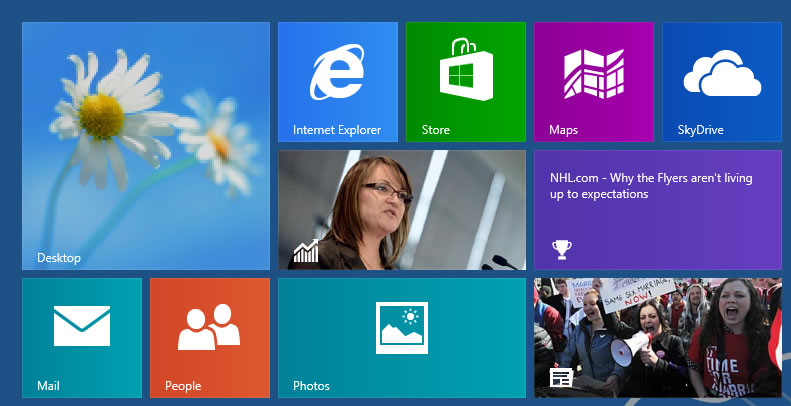
Windows 8.1, the highly anticipated update to Microsoft's flagship operating system, has now been released.
The Windows 8 update is available through the Windows Store as a free download, with new devices running Windows 8.1 expected to go on sale on Friday 18 October.
The update is available to download here, and existing Windows users should find, on downloading the software, the operating system upgrade will leave their desktop and Windows Store apps intact.
However, users that downloaded the preview versions of Windows 8.1 will need to reinstall their apps when they upgrade to the full and final version of the OS.
Earlier this year, a near-final version of Windows 8.1 dubbed (9471 build) leaked online, providing some insight into the changes Microsoft has made. This will include revamped Mail app, more context sensitive menus and help and tips app.
The Consumer Preview also included interface tweaks designed primarily for the home user, whereas the Enterprise edition featured a raft of business-focused features.These included improved desktop personalisation, application deployment and data access controls, as well as new connectivity and security enhancements.
Other business-friendly features include Assigned Access, which will only let certain users boot to a specific application once they've logged into the device, and the inclusion of Near-Field Communications (NFC) technology that will allow users to connect to, and interact with, an array of Windows 8.1 end point devices.
Sign up today and you will receive a free copy of our Future Focus 2025 report - the leading guidance on AI, cybersecurity and other IT challenges as per 700+ senior executives
Windows 8.1 Consumer preview
At Microsoft's Worldwide Partner Conference in July, CMO and CFO Tami Reller confirmed that the Windows 8.1 is nearing completion and that it will be rolled out to OEMs in late August. Devices will start shipping with the latest version of Windows in the holiday season, and existing Windows 8 users will be prompted to upgrade for free.
The future of Windows is very, very bright.
During the Build opening keynote in June, Microsoft CEO Steve Ballmer confirmed the consumer release will mark the return of the much-missed Start button, and that users will find it easier to switch between the desktop and modern user interfaces.
"We put Windows 8 systems in the market at the end of last year, and yet what you see and what we will show you...is a heck of a lot of movement, innovation and responsiveness all coming to market in a very [short] timeframe [with Windows 8.1]," he said.
The software giant has dismissed claims the release is an admission that Windows 8 has not sold as well, or won over users, in the same way as previous incarnations of the operating system.
Instead, the company has keenly stressed that Windows 8.1 is indicative of Microsoft's decision to focus on shorter development cycles and in turn push out products faster to customers.
At Microsoft TechEd in New Orleans in June, the company cited the forthcoming releases of its Windows Server 2012 R2 and System Center 2012 R2 - both of which were only launched last autumn - as evidence of its commitment to this faster product release strategy.
This was a point touched on during the keynote by Ballmer in his opening remarks, where he reiterated Microsoft's focus on "rapid release" cycles.
"[This] rapid pace of innovation...it's the new normal for everything we do...[and] we've undergone this transformation to move to a rapid release cycle," said Ballmer.
"We stated clearly [that this is our] new rapid release cadence," he added.
Touch up on Windows 8.1
The company has also regularly come under fire from market watchers and end users since Windows 8 was launched, with many complaining the OS was difficult to use without a touch-enabled device.
This is something Microsoft is working to address with its OEM hardware partners, Ballmer assured, and users can expect to see a wider range of touch devices including notebooks and smaller tablets coming to market in future.
He also lamented the lack of touch devices available at the time of Windows 8's launch, because users with touchscreen devices were "much happier" using the OS than those without, he claimed.
Many of Windows 8.1's features have been publicly spoken about by Microsoft in recent weeks, and have been well documented in IT Pro's exhaustive list of the operating systems' key features, which can be found over the page.
During the keynote, the presenters also walked through a few others. These include using a device's in-built camera as a sensor, which allows people to scroll through onscreen content by waving their hand in front of it.
Gesture controls have also been added to the software's keyboard function to make predictive typing easier, and Microsoft also claims the OS is the first to provide native support for 3D printing.
Windows 8.1 applications
The release of Windows 8.1 will also mark the arrival of a revamped Windows Store, which Antoine Leblond, corporate vice president of Windows program management at Microsoft, promised developers would make it easier for users to find their apps.
He also promised their apps will work better on Windows 8.1, and that the company has introduced 5,000 APIs for them to take advantage of. He also reiterated the fact developers get to keep 80 per cent of the revenue for the lifetime of their app once it crosses over the $25,000 threshold.
Enterprise appeal
Whether or not the release will be enough to encourage enterprise users to embrace the new operating system is anyone's guess, but market watcher Forrester recently predicted that many businesses will skip Windows 8 because very few see the release as an improvement on what has gone before.
"With Windows XP's end-of-life date of April 8, 2014, rapidly approaching, most IT shops are still too focused on migrating to Windows 7 to bother with Windows 8 anytime soon, if at all," the analyst said in a statement.
"To be reasonably considered an enterprise standard, approximately half of company-issued PCs must run Windows 8 by the time Windows next hits the shelves. Windows 7 hit that mark. However, Forrester doesn't believe that Windows 8 will become the next commercial standard."
However, the firm did acknowledge that employee interest in Windows 8 is "very high", which suggests the operating system could find its way into businesses through BYOD schemes.
Over the page, we run through some of the standout features of Windows 8.1.
-
 AlmaLinux follows Oracle in ditching RHEL compatibility
AlmaLinux follows Oracle in ditching RHEL compatibilityNews Application binary compatibility is now the aim with 1:1 now dropped
-
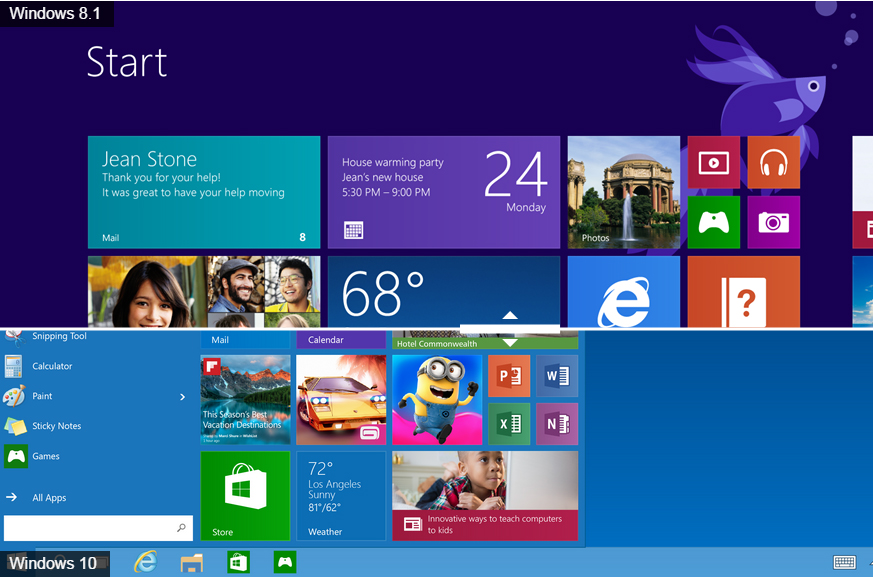 Windows 10 vs Windows 8.1: Which was the best operating system?
Windows 10 vs Windows 8.1: Which was the best operating system?Vs We rate Windows 10 vs Windows 8.1 in a number of key categories for professional use
-
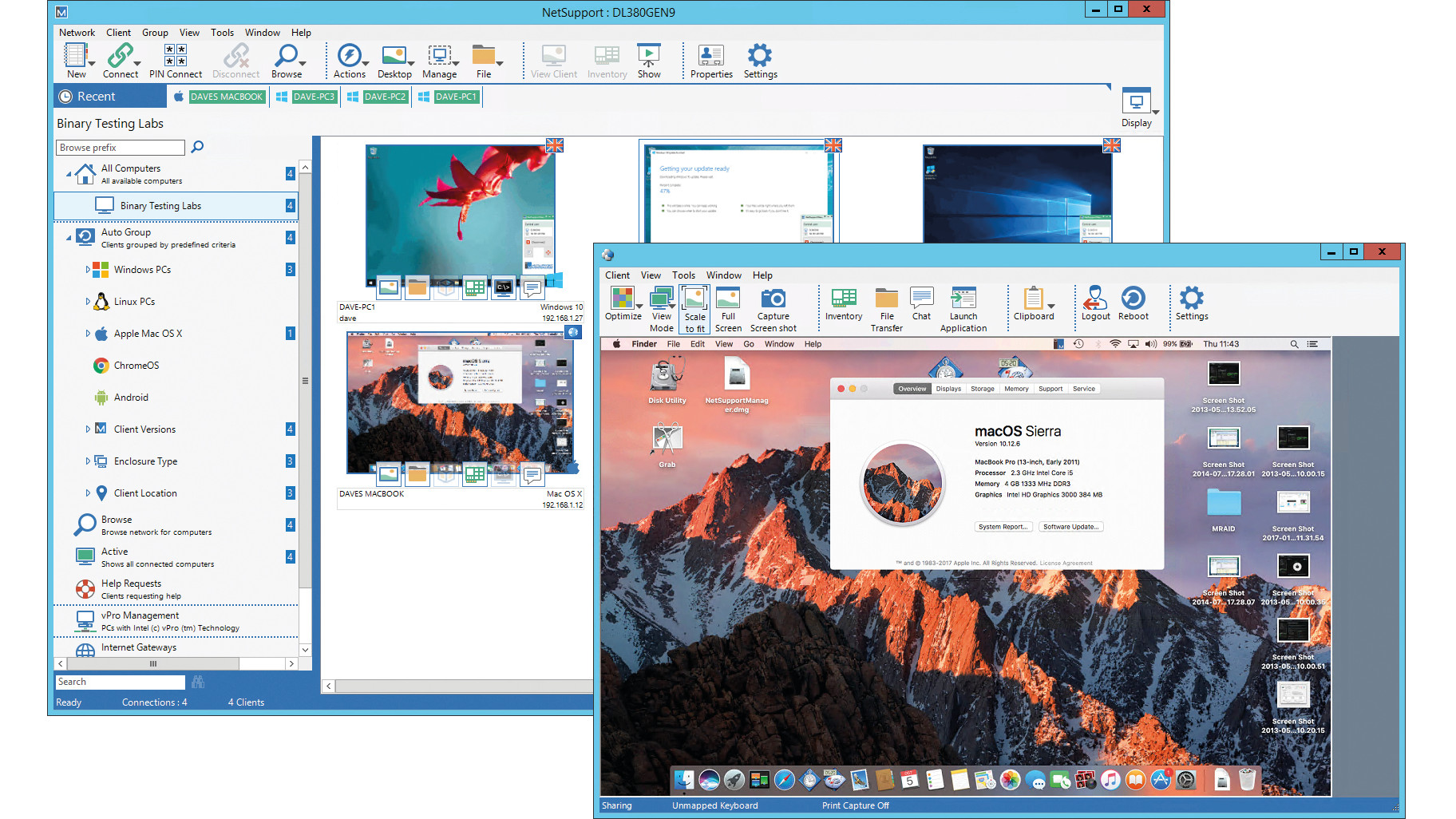
 NetSupport Manager 12.5 review: A great all-in-one package
NetSupport Manager 12.5 review: A great all-in-one packageReviews A classy on-premises remote support solution that’s packed with useful features and priced right for businesses of all sizes
-
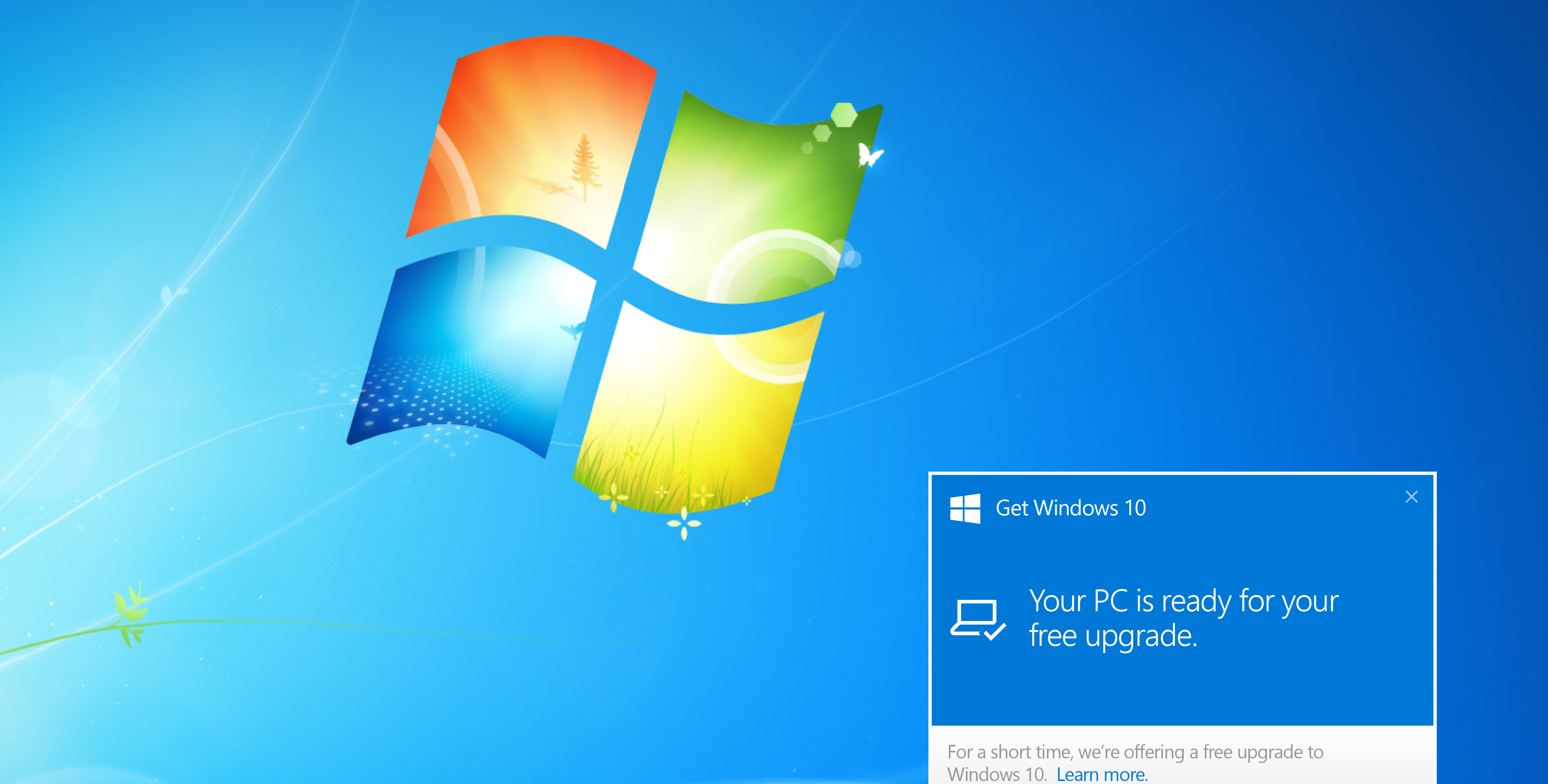 Windows 10 vs Windows 8.1 vs Windows 7 - Microsoft OS head-to-head
Windows 10 vs Windows 8.1 vs Windows 7 - Microsoft OS head-to-headVs We pit Microsoft's most popular operating systems against each other to see which is the greatest of all time
-
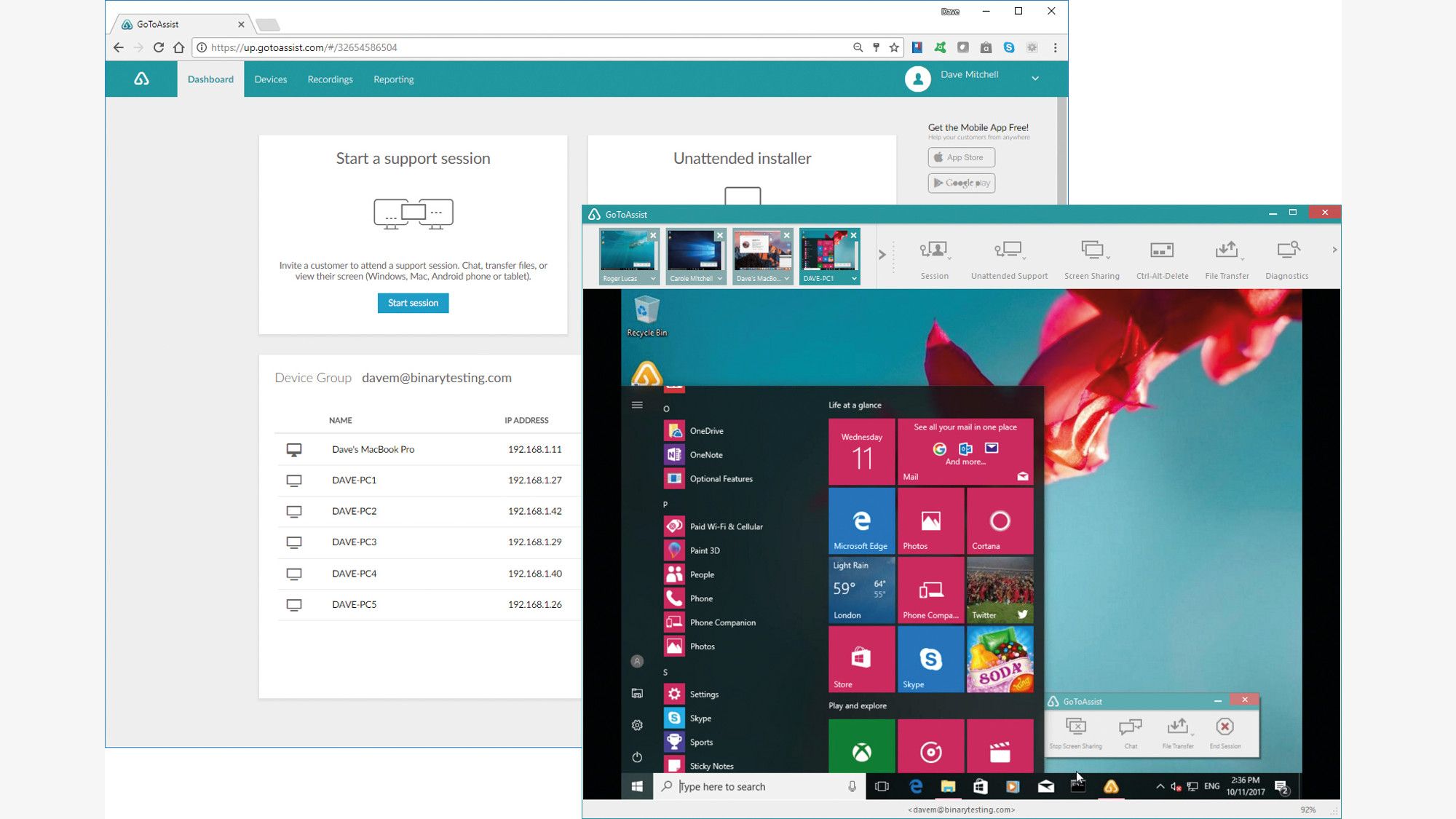
 LogMeIn GoToAssist Remote Support v3.5 review
LogMeIn GoToAssist Remote Support v3.5 reviewReviews A cloud hosted support platform that’s perfect for SMBs seeking ease of use and low prices
-
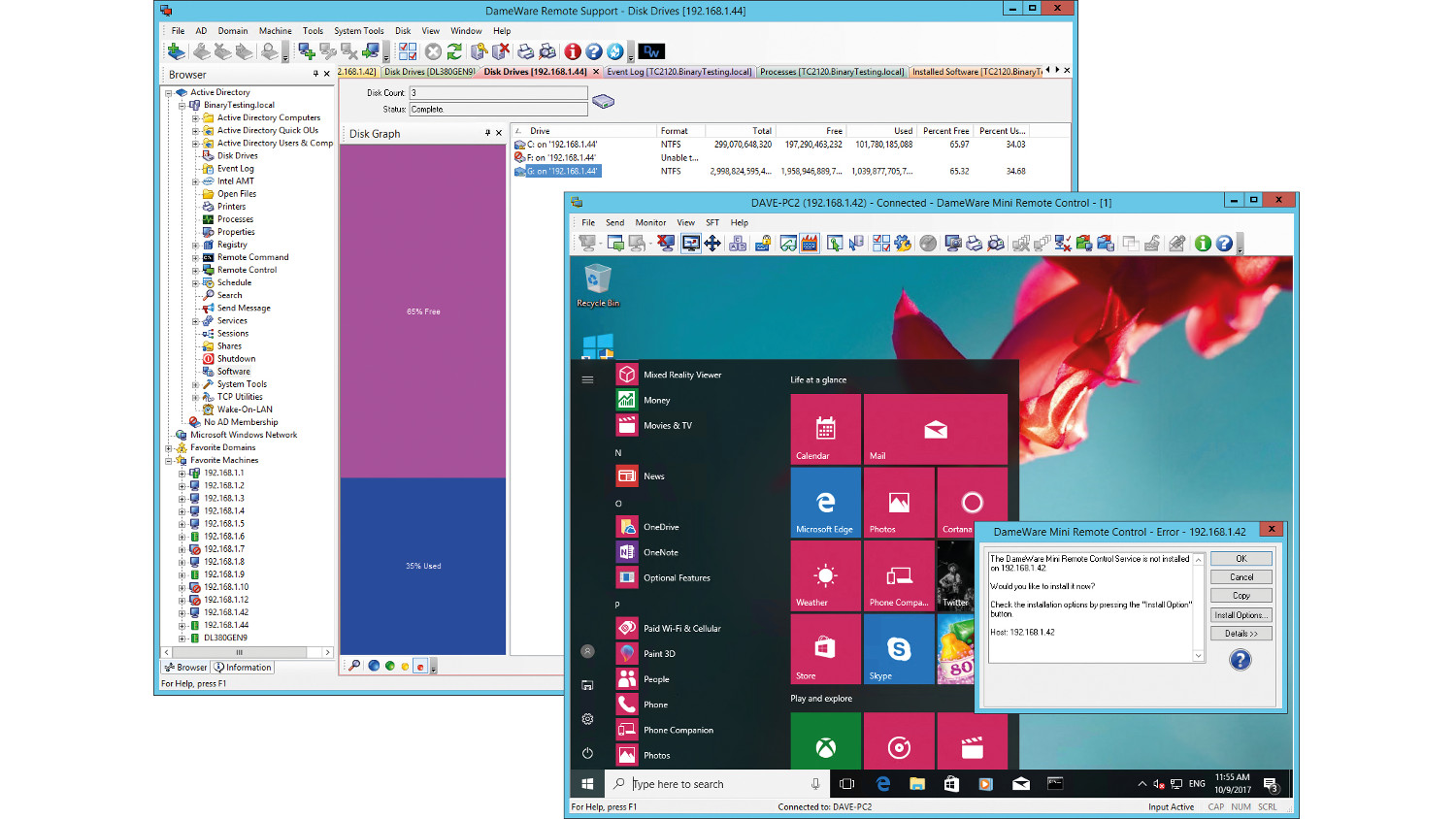 SolarWinds DameWare Remote Support 12.0.5 review
SolarWinds DameWare Remote Support 12.0.5 reviewReviews An untidy console but DameWare offers great AD management features, good value and agent-free operations for many support tasks
-
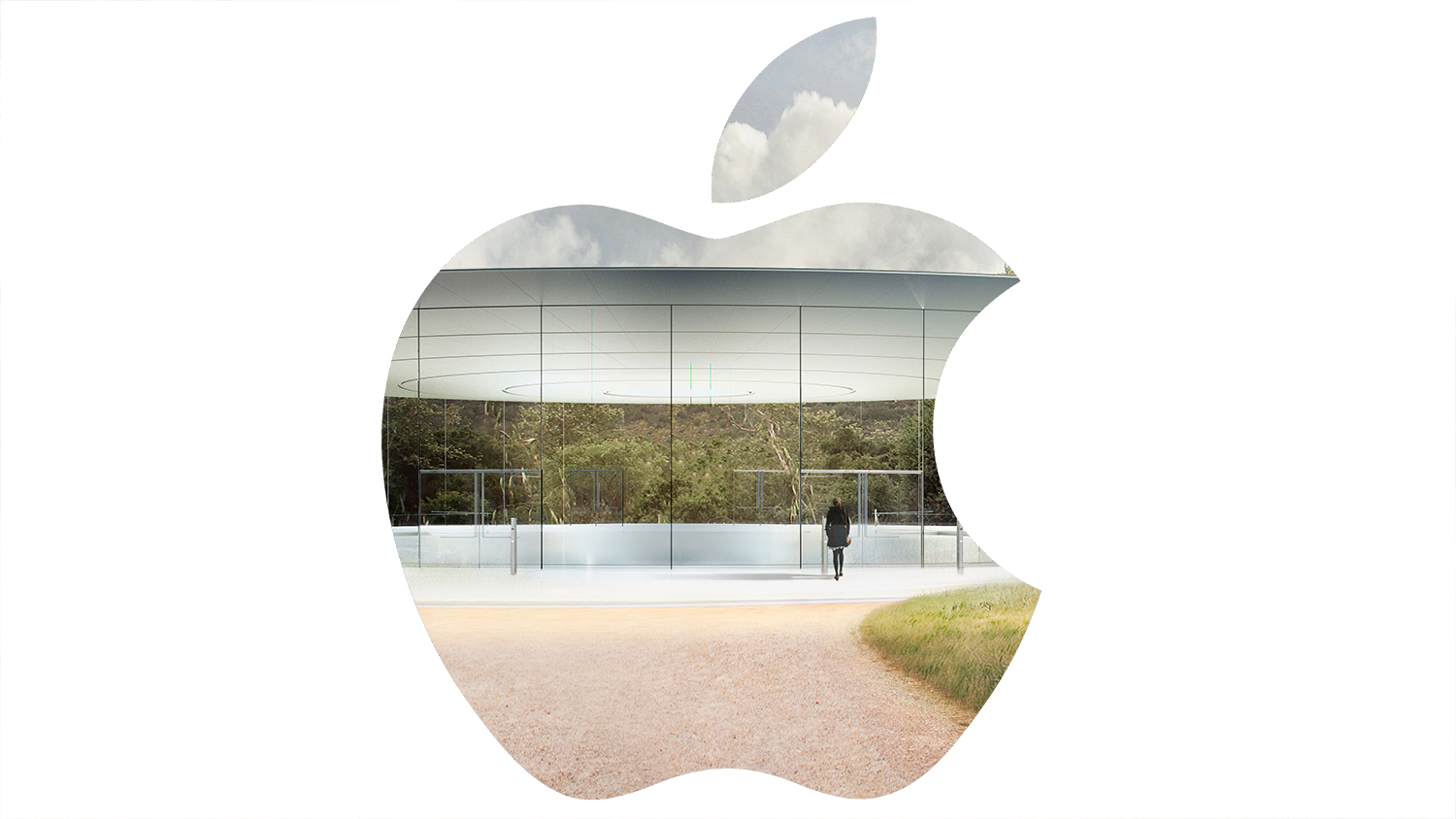 Apple 'spaceship' campus gets official name and launch date
Apple 'spaceship' campus gets official name and launch dateNews New compound will also house a memorial auditorium for Steve Jobs
-
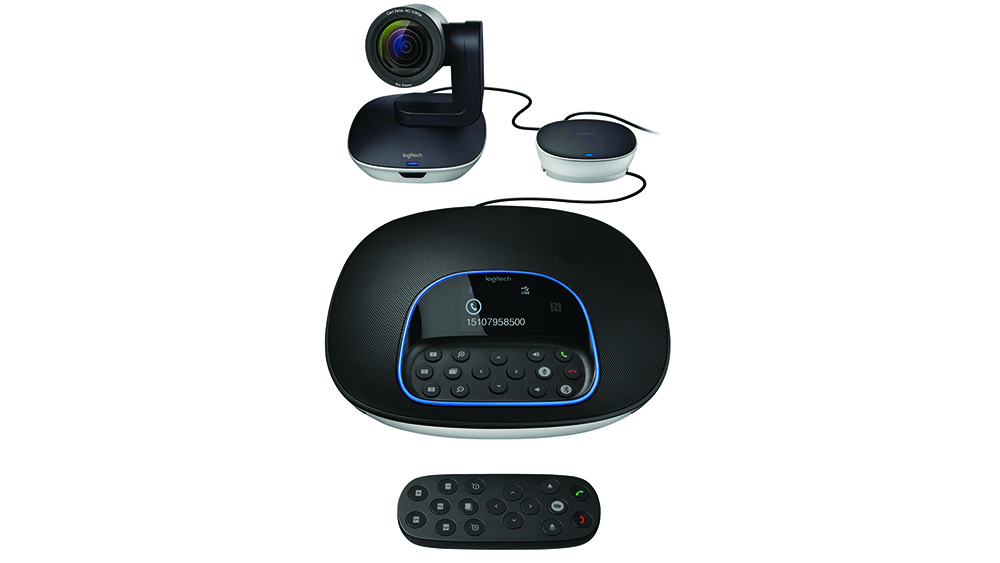
 Logitech Group review
Logitech Group reviewReviews A classy and comprehensive videoconferencing kit that gives you the big picture at a sensible price

